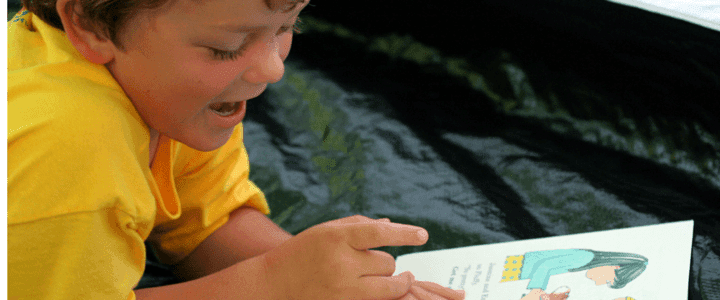If you’re a parent, guardian, or teacher, you’ve probably wondered to yourself, “How do you make learning fun?” In this article, we’ll take a look at why it’s important to keep learning fun, and actionable ways to make learning fun so your youngsters stay hooked on discovering new skills and meeting their goals.
Why Make Learning Fun?
If teachers and students can stay conscious of improving the learning process on a regular basis, it’s much easier to work together to keep lessons engaging and motivating. Here are some of the key reasons making learning fun can change outcomes for youngsters:
- Keeps students engaged with the learning material
- Helps children develop a positive relationship to learning
- Turns challenges into opportunities for growth
- Takes the fear of failure out of discovery
- Gives youngsters the chance to tap into their interests and passions
5 Ways to Make Learning Fun
Here are five strategies that can assist teachers and students with this process to make learning fun. If you’ve been wondering, “How do you make learning fun?” These 5 options are a great place to start.
1. Offer choices
Kids go through much of their daily routine without a lot of choices, both at home and at school. To offer kids the control they desire, it’s important to incorporate choices into lessons as often as possible. Keep in mind that offering choices is not a method for kids to get out of doing work, though! For example, giving a choice of doing homework or playing a game is not a productive choice. However, letting students pick the order of homework assignments they will work on may help.
2. Make it a game
It may seem silly, but turning any lesson into a game will almost always make learning fun! And turning review activities or rote memorization drills into games doesn’t require a lot of prep time or expense. There is nothing wrong with purchasing pre-made games once in a while, but many of the most popular, effective games are the simplest. For example, turn learning musical symbols and terminology (e.g. quarter notes, half notes, and whole notes) into a musical memory game, or play your favorite games in another language instead of simply drilling conjugation rules.
3. Tailor your lessons to your students.
It’s easy to expect all children to have the same attention span and to structure your lessons accordingly. However, this simply isn’t the case. While it may not seem unreasonable to expect a six-year-old to sit through a half-hour lesson, this is a very long period of structured time for most six year olds. Consider how you can break down lessons to keep kids engaged and make learning fun. Even a thirty-second break every six minutes to do a round of jumping jacks or get a drink of water can make a big difference.
4. Make learning practical
Most people agree that it’s difficult to stay engaged in a lesson when you don’t understand the purpose of the knowledge. Instead of simply telling students that there is a practical purpose for the lesson at hand, give them some concrete examples. As a student, don’t ever be afraid to question a teacher about the practicality of a particular lesson. A good teacher will make the effort to give you a concrete answer, even if it takes a couple days to do some research.
5. Pay attention to students’ interests
Take the time to ask your students about their hobbies and interests. While some interests are easier to incorporate than others, it’s important to take note of them and maximize their potential. If you can’t find a game or assignment to fit a passion, think about other ways to use it in a lesson, such as train stickers as rewards. As students, don’t be afraid to bring in books you like or suggest subjects that you would like to learn. Teachers may say no, but you never know until you ask.
Now, What Are Your Strategies for Making Learning Fun?
Keeping students engaged and motivated can be a challenge, even for the best teachers. It’s easy to teach the same lessons year after year simply because they have worked in the past, without giving much thought to students’ current interest level. But even the strongest curriculum still needs some variety once in a while: every teacher or parent needs to put some focus on ways to make learning fun. Likewise it’s important for students to be aware of learning strategies that are both effective and fun for them.
What are your strategies for keeping young learners engaged? No more asking “How do you make learning fun”, now it’s time to go out there, try the techniques above, and use your own creativity to spark young students’ love of learning.
Shanika


